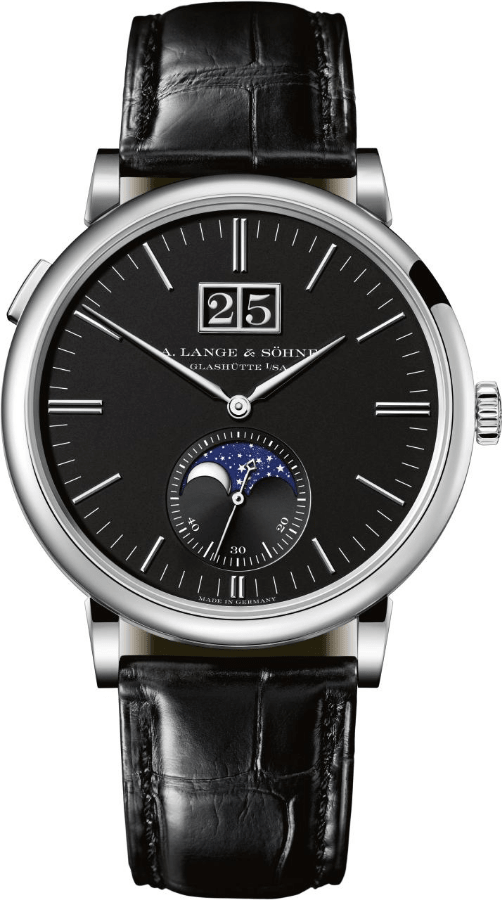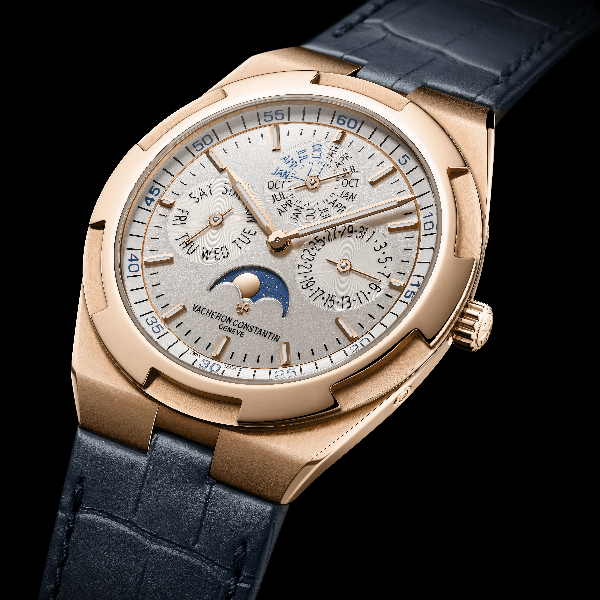
The simplest form of calendar on a watch is the date displayed via an aperture. Sometimes the watchmakers create larger-than-usual window – hence the term “big date” – for better readability. Slightly more interesting is a date indicator in the form of a hand pointing to a date track, usually in a sub-dial but occasionally the periphery of the main dial. And sometimes there is the addition of the moon phase, a complication tracking the lunar cycle that lends the simple date a touch a whimsy.



